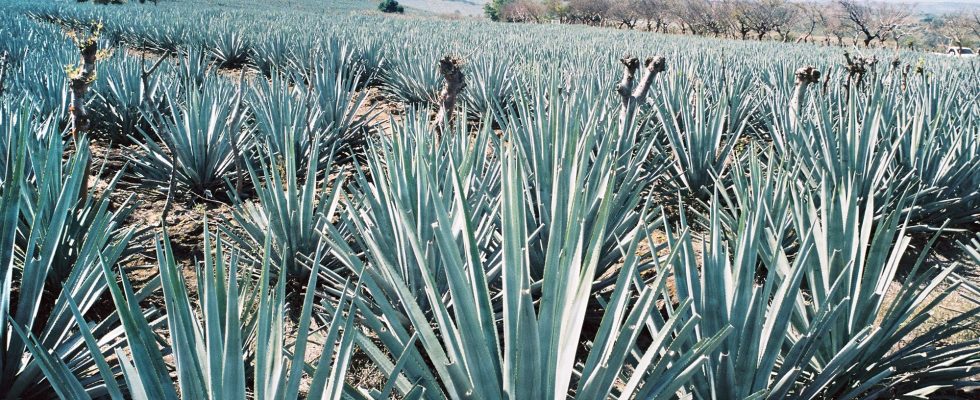Tequila, what a destiny! Long synonymous with late evenings and difficult tomorrows, agave brandy began its transformation at the beginning of the 2000s. Mexicans, aware of possessing an untapped treasure, began to abandon the mixto (blend of agave and sugars from other sources) to launch into the high end. A time that Hugues Pietrini, co-founder of Spirit-Brothers and passionate about this vast Central American country for thirty years, remembers very well. “Americans, who travel a lot to Mexico, quickly found 100% agave tequilas to be amazing, so they imported them home.” With the success that we know.
If the United States in fact represents 80% of the world market, Hugues Pietrini, who has two tequilas in his catalog (La Adelita and Celosa), notes that this market is running out of steam a little, a slight slowdown largely offset by the rest of the planet, including Asia. Tequila is even starting to shake up established values, like gin, which is experiencing a slowdown in some of its areas, led by the United Kingdom and Spain. “The CHR sector [NDLR : cafés, hôtels, restaurants] is experiencing a real revolution: premium tequila is now supplanting high-end vodka,” adds the boss of Spirit-Brothers.
Need for authenticity
How can we explain the reasons for such success? Tequila firstly meets the needs of “craft” and authenticity, two values popular with lovers of premium spirits. Rigorous specifications stipulate that GI Tequila must be produced exclusively from blue agave grown in only five Mexican states, of which Jalisco, on the edge of the Pacific Ocean, is the largest. Age indications are also regulated: the rested benefits from two months of undergrowth aging, the anejo one year in oak barrels, and the extra anejo of three. Add to these constraints still artisanal manufacturing techniques (slow cooking of agaves in brick ovens) and you obtain an eau-de-vie that corresponds to the aspirations of many lovers of eco-responsible exoticism.
If all the major groups have their own tequila, like Moët Hennessy with Volcan de mi Tiera, Pernod Ricard with Oro de Tigre, or Bacardi with Patron, agave brandy also presents formidable opportunities for freelancers. Example with Komos and its three references. Launched by Richard Betts, a former sommelier, they play on the duality between Mexico and France with aging in French oak barrels that contained red and white wines, notably for the Reposado Rosa. A technique also used by Spirit-Brothers for its Celosa Rose, which benefits from refining in Merlot barrels. In both cases, the liquid takes on an elegant pink color: “A separate segment now accepted by the tequila appellation,” explains Hugues Pietrini, who packages his in magnum. Like the great, very expensive French rosés that sit on the trendy tables of Saint-Tropez and elsewhere. This is probably no coincidence.
